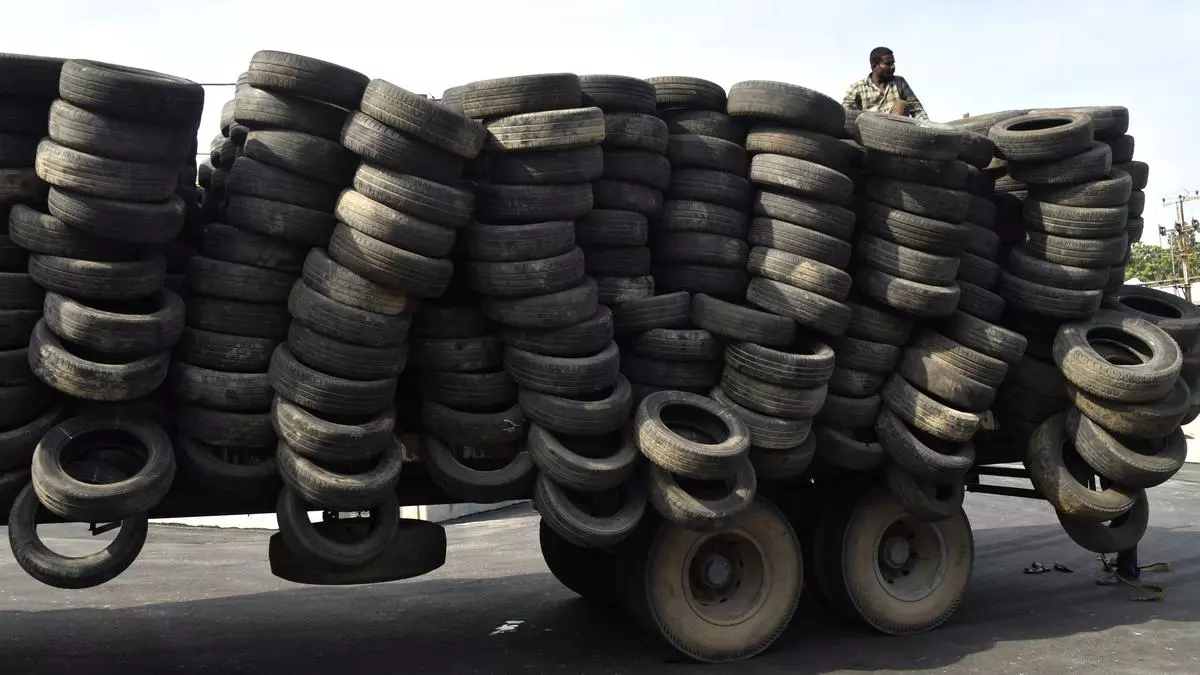Rising Tyre Prices: The Impact of Natural Rubber and Raw Material Costs
In recent months, the tyre industry has been grappling with a significant surge in the prices of natural rubber and other raw materials. This increase has prompted tyre manufacturers to consider price hikes on their products, a move that could have widespread implications for consumers and the automotive market.
Recent Price Adjustments
Tyre manufacturers have already begun to implement price increases, with adjustments ranging from 2% to 5% on select tyre models. This trend is expected to continue, particularly as the industry navigates the challenges posed by escalating raw material costs. In the first quarter of FY25, additional price hikes were also observed in specific categories, indicating a broader strategy to cope with rising expenses.
Harinder Singh, Managing Director and CEO of Yokohama India, emphasized the necessity of these adjustments. “With raw material costs at an all-time high, particularly natural rubber prices, we see continued upward pressure on tyre prices,” he stated. The company has already raised prices by 1% to 3% and is prepared to reassess pricing strategies if raw material costs continue to climb.
The Natural Rubber Market Dynamics
According to Crisil, the domestic prices of natural rubber reached an average of Rs 238 per kg in August, marking a significant increase compared to trends over the past decade. This spike is largely attributed to a tight global supply of natural rubber, which has been unable to keep pace with the steady demand from the expanding automobile industry and other major consumers.
Pushan Sharma, Director of Research at Crisil, pointed out that the current price increases are fundamentally rooted in supply and demand dynamics. Unlike previous spikes caused by isolated events—such as farmer protests in 2016 or the pandemic-induced labor crisis in 2020—the current situation reflects a more systemic issue. From 2011 to 2023, global production of natural rubber grew by 35%, while demand surged by 40%, leading to a pronounced supply crunch.
The Broader Economic Context
The tyre industry is not only facing challenges from raw material prices but also from increased freight costs, exacerbated by geopolitical tensions such as the Red Sea crisis. These factors contribute to a complex economic landscape that tyre manufacturers must navigate.
Samir Gupta, Managing Director of Continental Tires India, highlighted the ongoing challenges in the supply chain. “As an aftermath of the pandemic, the industry witnessed a shortfall of raw materials, carbon black, and natural rubber. This affected the balance in the supply-demand chain and triggered a rise in raw material prices, thus increasing product prices,” he explained. Despite these challenges, Gupta noted that Continental’s plants are currently operating at full capacity, fulfilling requirements as usual.
Future Implications for Consumers
As tyre prices continue to rise, consumers may soon feel the impact in their wallets. The combination of increased raw material costs, freight expenses, and the ongoing volatility in global supply chains suggests that tyre prices may not stabilize in the near future.
For consumers, this means that purchasing new tyres could become more expensive, potentially influencing decisions about vehicle maintenance and replacement. Additionally, the automotive industry as a whole may experience shifts in consumer behavior as individuals weigh the costs of maintaining their vehicles against rising expenses.
Conclusion
The tyre industry is at a critical juncture, facing unprecedented challenges from rising raw material costs and supply chain disruptions. As manufacturers adjust their pricing strategies in response to these pressures, the implications for consumers and the broader automotive market will continue to unfold. The situation remains dynamic, and stakeholders across the industry will need to stay vigilant as they navigate this evolving landscape.
